The Garden Where You Can Experience The 4 Seasons Of The Year At The Same Time - Steemit
Each person has a favorite season of the year, but what if you did not have to choose one? What if you could live them all at the same time?
That was possible throughout this month in a park in Milan, Italy, the Garden of the Four Seasons.
The idea was born from the mind of the Italian architect Carlo Ratti, director of the Senseable City Lab, an initiative of the Massachusetts Institute of Technology (MIT), USA, to use smart data in urban environments and explore how New technologies are changing the way we live in cities.
Ratti used so-called climate control technologies to make visitors experience spring, summer, fall and winter under one roof.
The different stations were represented in a huge pavilion within a space of 500 square meters in the most important square in Milan, that of the Duomo.
The objective: to raise awareness among the population about climate change and to make a declaration of intentions about the need to create more green spaces in cities.
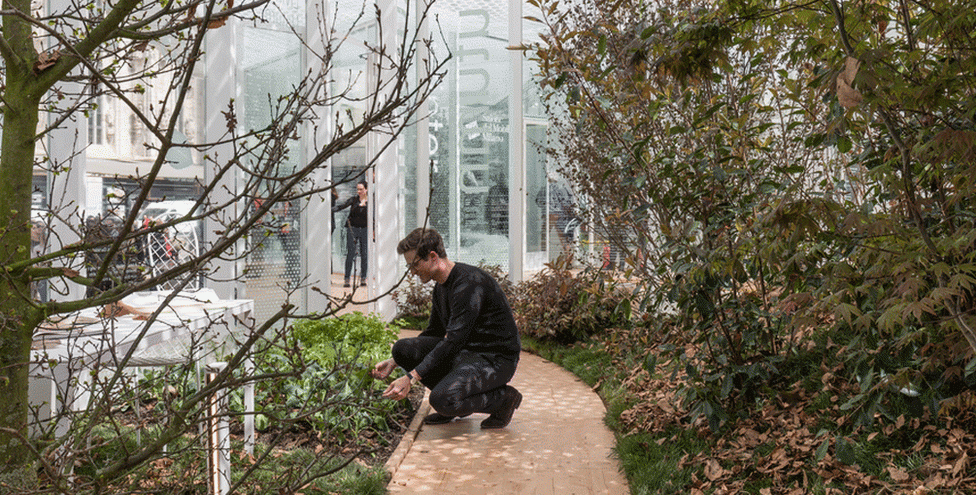
Source
This is Autumn
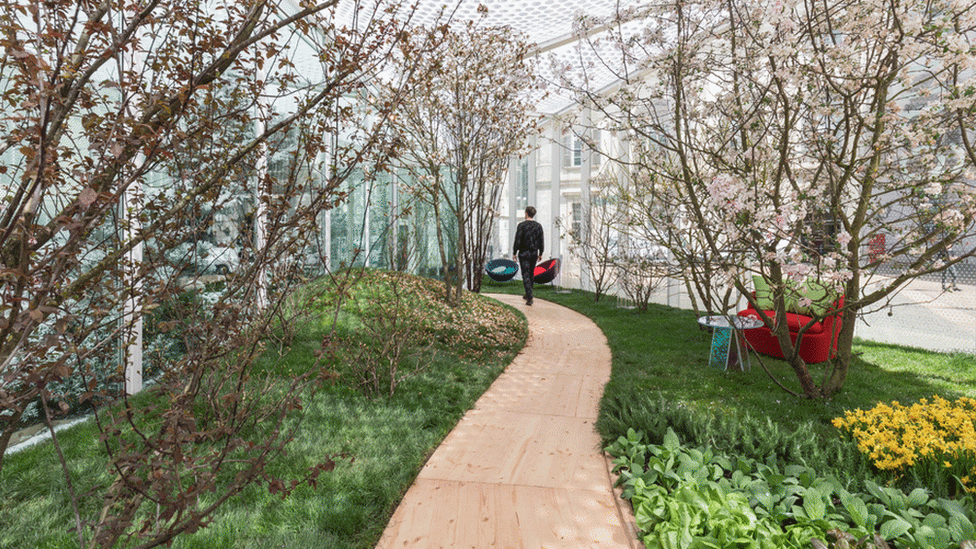
Source
And just a few meters beyond is Spring
In order to create the stations, Ratti connected the plants to digital sensors capable of measuring water, temperature, humidity and nutrients, and ensuring that they remained healthy.
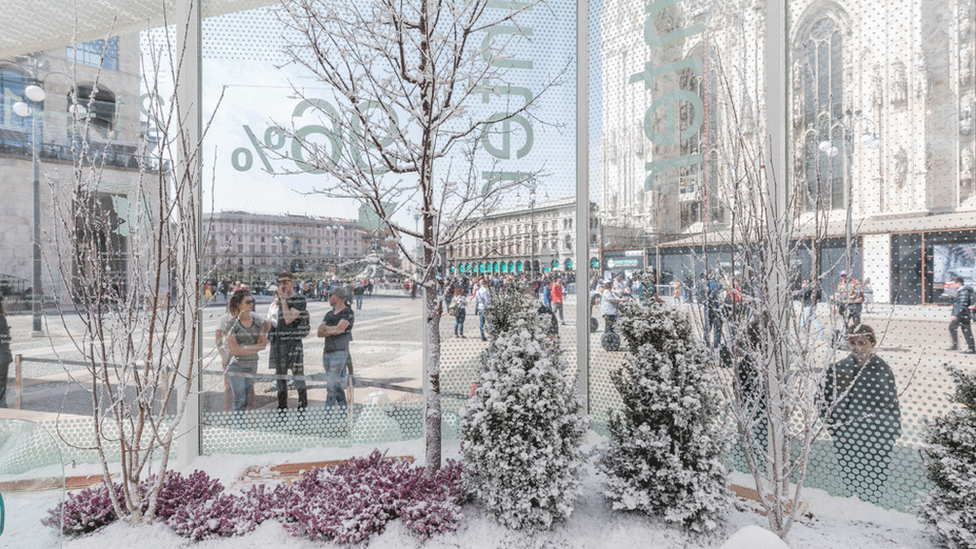
Source
To be honest Winter was my favorite <3
Around the plants he placed a 5-meter-high glass membrane that filtered the sun based on the information provided by the sensors.
Some photovoltaic planes on the structure generated clean energy, provided the adequate amount of cold in winter or the heat required for summer.
How was the "Garden of Four Seasons" created?
- Outside the building, photovoltaic cells collected solar energy.
- Inside, under a transparent ETFE (ethylene tetrafluoroethylene) membrane structure, energy was channeled into heating and cooling systems.
- Everything rested on two variables: lighting levels and heat.
- Smart sensors - with real-time information - measured the status and nutritional needs of each plant.
- Each station was separated only by a revolving door.
As climate change becomes more extreme, it becomes more important to experiment to modify it - Carlo Ratti
But there is also a need to bring more green areas to our "gray cement cities," he added.
Experimenting with greening
Milan has already experimented with greening before. One example is its famous Bosca Verticale (vertical forest), which has become a point of reference in the Porta Nuova neighborhood, the financial district.
The Bosco Verticale Created by the Italian architecture firm Boeri Studios in 2014, it combines 20,000 plants and 900 trees with the homes of thousands of residents.
The company has just been hired by the Chinese government to create the first ecological urban space in the country: the forest city of Liuzhou, a "forest-city" with 40,000 trees and a million plants.
Its construction will begin in 2020 and will include the creation of offices, houses, hotels and schools covered with vegetation.
Once the city is completed - it is expected to house 30,000 people - it will absorb 10,000 tons of CO2 per year and produce some 900 tons of oxygen.
But the architect Stefano Boeri is also working on another idea to create a greener Milan: he is planning an urban reforestation with which he hopes to transform seven railway yards into a network of parks, forests, oases and fruit gardens for communal use, connected through cycle paths.
The company also has projects in Paris, France, several cities in the Netherlands and Poland, where it is creating a vertical forest for social housing.
The only option
"It's not about buildings that house trees, but about making them an essential part of their structure," Boeri said.
"We have to take in mind that 75% of CO2 is produced in cities, and forests absorb between 30% and 35%, so the only option we have is to increase the number of trees within our cities."
As the number of people living and working in urban environments increases, we tend to create more livable cities.
The relentless urbanization makes the streets increasingly crowded and polluted. But not only green spaces promote well-being.
The innate sense of connection that human beings have with nature, biophilia, can also play an important role in improving air quality to isolate buildings and reduce the so-called "urban heat island" effect. We must keep supporting all these great ideas, just imagine a world build entirely with this types of things we would be colonizing other planets at this point.
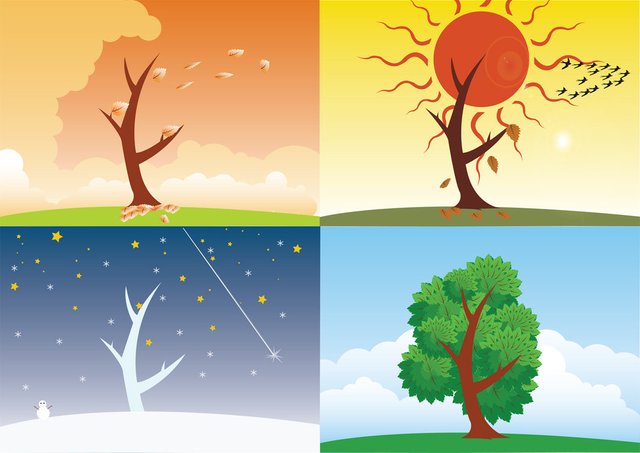
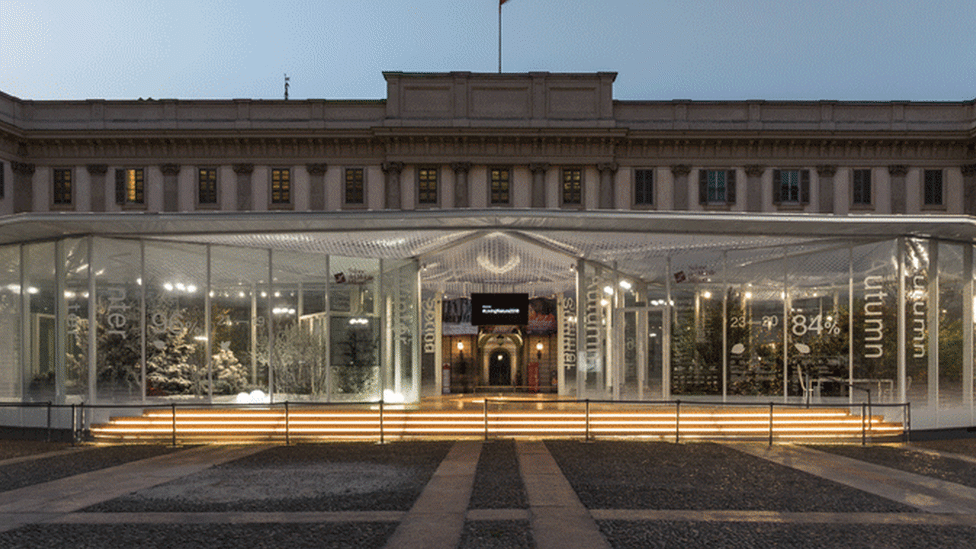
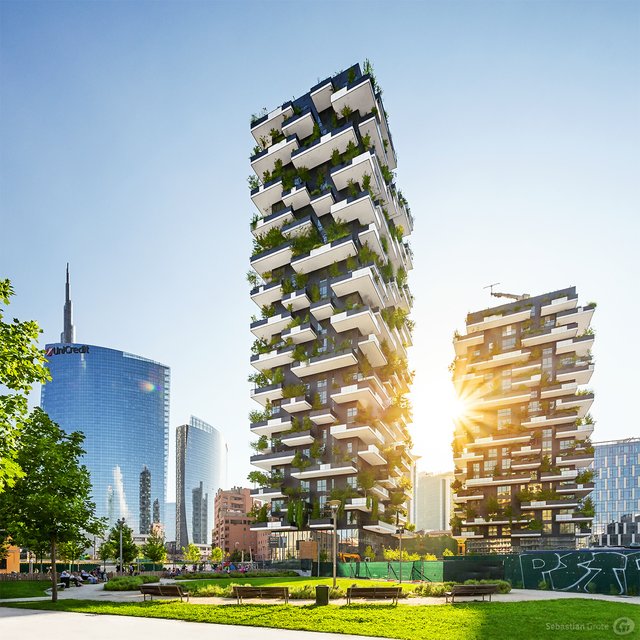
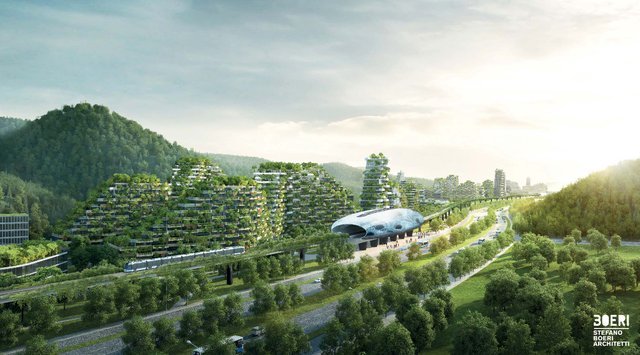
bonito post,te dejo mi voto,un saludooo